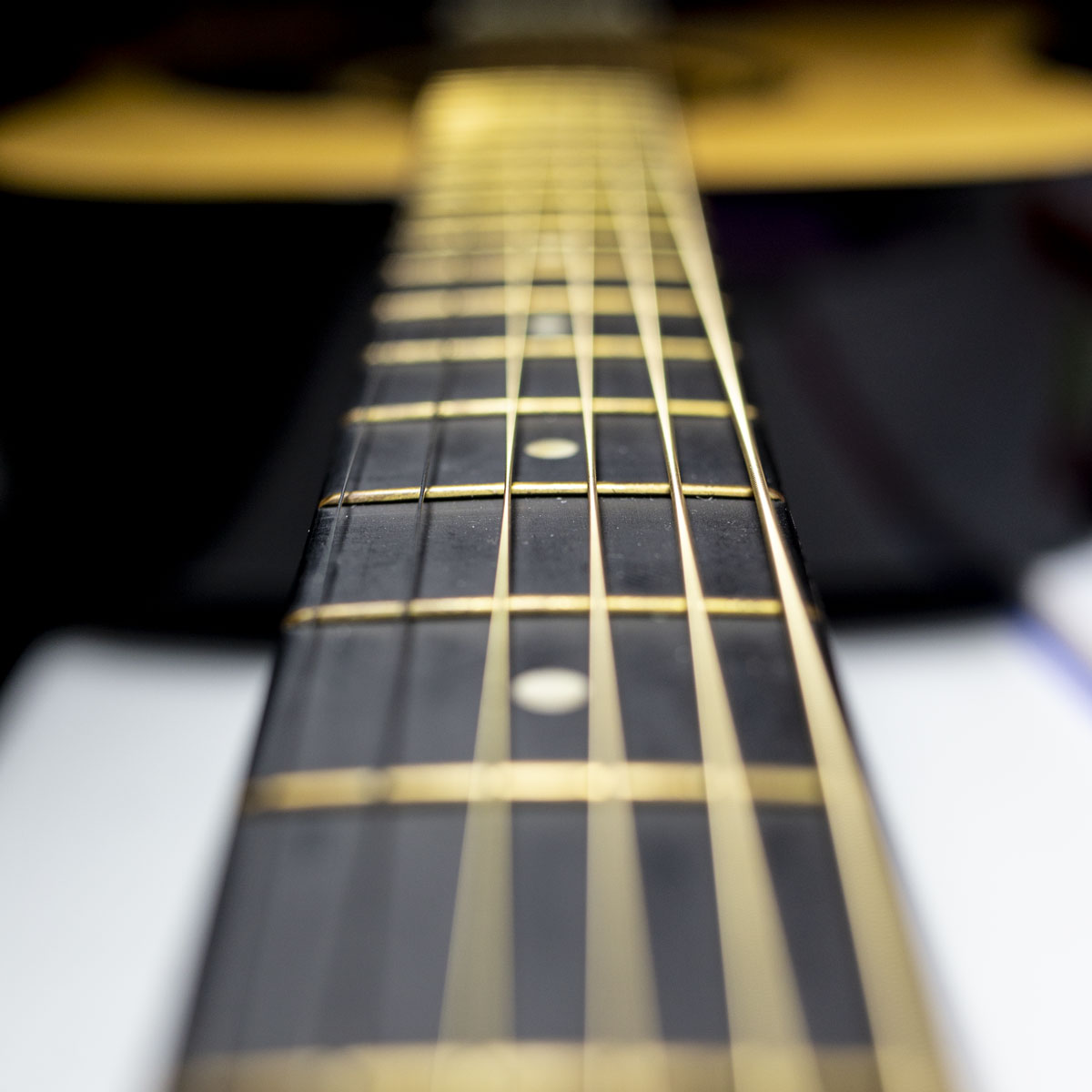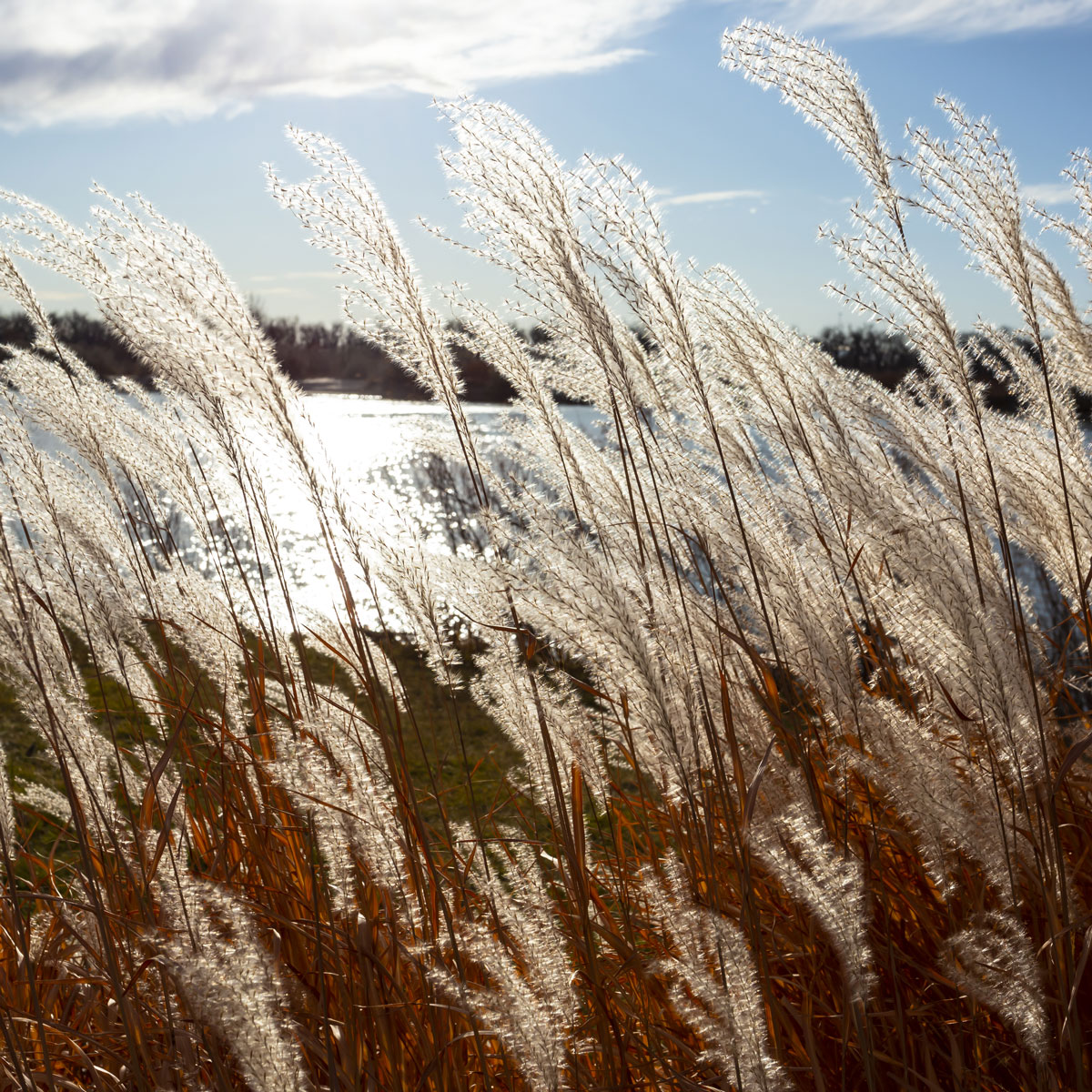My 52 Week Photography Challenge Week 3
Shallow Depth-of-Field

In week 3 of my 52 week photography challenge I set out to answer a few questions about the subject of shallow depth-of-field. Questions such as what is depth-of-field, what is camera aperture and how do I use shallow depth-of field? At first I'll explain a bit about aperture and depth-of-field and then show you some of the images I made this week exploring and experimenting with shallow depth-of-field.
What is Aperture
It is easy to get very technical when explaining depth-of-field and aperture but let's try to keep it simple. First, what is camera aperture? If you look up aperture in the dictionary, or Google it, aperture is defined as an opening or a hole. Look into your camera lens and take a picture. You will see something appear to close and open. What you are seeing is a diaphragm inside the lens. This diaphragm is made of several blades arranged in a circle to create an opening in the center. That opening is the aperture and it serves to control the amount of light passing through the lens. The diaphragm blades move to make a larger or smaller aperture opening. So, when we say aperture we are talking about the size of that opening.
We express the size of the aperture using an f-number like f/4, f/5.6 and f/16. You've probably seen these displayed in the bottom of your camera viewfinder. The larger the number the smaller the opening and the smaller the number the larger the opening. The inverse relationship is because f-numbers are actually ratios of lens focal length to aperture size. A further explanation is more technical so at this point just remember the smaller the f-number, like f/2, the larger the aperture opening and the larger the f-number, like f/16, the smaller the aperture opening. What does aperture have to do with depth-of-field? First, let's define depth-of-field.

What is Depth-of-Field
When you focus on a subject you establish a point of focus in your image. There is a distance in front of and behind the focus point that is considered to be in acceptable focus. That distance is known as depth-of-field and it may be as shallow as an inch or as deep as from the lens to infinity. There are a number of things that can influence depth-of-field but the one we are concerned with here is aperture.
Aperture and Depth-of-Field
What does aperture have to do with depth-of-field? Because of the behavior of light passing through the aperture and lens optics small f-numbers like f/2, which have a large aperture opening, create a shallow depth-of-field. Larger f-numbers like f/16, which have a smaller aperture opening, create a deeper depth-of-field.
My photography challenge for week 3 is concerned with shallow depth-of-field so I'm working with apertures that have small f-numbers. This means less of my image will be in focus. How is that a good thing? A shallow depth-of-field has the effect of drawing attention to or isolating our subject. We can use that effect creatively to make better images in portraiture, product photography or even landscapes. And, how do we do that?
Use Shallow Depth-of-Field to Draw Attention to a Subject

In this photo I used a large aperture, remember small f/number, by setting the camera aperture to f/2. Such a large aperture created a very shallow depth-of-field ensuring that my background is completely out of focus. This works really well in product photography and also in portraits. You may have noticed how portraits are made with a blurry background while the subjects eyes are in sharp focus. This way the background does not distract from the subject at all and the viewers eye is drawn to the subject.
You have to be careful with such narrow depth-of-field though. Shooting this garlic jar image hand-held my body naturally swayed to and fro to maintain balance which is enough movement to throw focus onto the wrong part of the subject. When the depth-of-field is this narrow it's best to use a tripod to minimize camera movement and keep the focus point where you want it.

In the image above I also set a small f-number of f/2 for a large aperture opening that creates a shallow depth-of-field. In doing so I've isolated the main subject, the star shaped snow, from the background. The blurred background does a nice job of attracting attention to the main subject.
Use Shallow Depth-of-Field in Landscape Photography

I usually set large aperture values around f/16 for deep depth-of-field in my landscape photography but a shallower depth-of-field can be used effectively for landscapes too. In the image above I used an f-number of f/10 and focused on the seed pods to create shallow depth-of-field. The blur isolates the seed pods nicely from the background. Granted, f/10 is a bit of a stretch to call a small f/number but it still worked better for shallow depth-of-field than f/16.

This image was shot with an aperture setting of f/4. Even at f/4 with this particular lens, a Canon 35mm prime lens, I'm still getting a very shallow depth-of-field. It's interesting to see that, because of the blur, the guitar strings seem to taper and point the way from the bottom and the top to where the focus point is.
I thought this was going to be an easy challenge because I've used shallow depth-of-field before in different ways for a number of reasons. However, doing this challenge brought as many questions as answers. It made me think about shallow depth-of-field and helped identify things I don't fully understand.
I hope you've learned something from this weeks challenge as I have. Get out the camera and start putting shallow depth-of-field into practice. Try different things and experiment while doing more of what you love. You'll be surprised what you learn. If you have questions or comments feel free to drop me an Email or follow me on Twitter and Instagram. Thanks for reading!